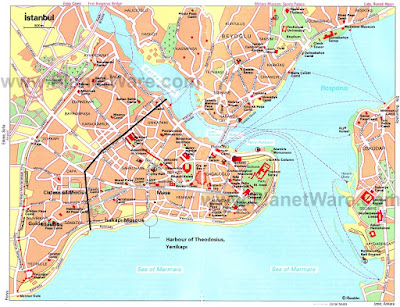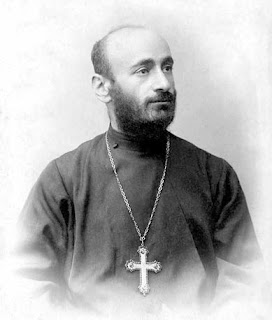Walls of Constantine and Memories
When Constantine declared Byzantium the New Rome as his capital, Pax Romana was wavering, west was under constant invasion and migration. East was not exempt from those calamities too. So the cities had to defend themselves (1).
The Walls of Constantine gave in to time and disappeared almost totally. It was stretching from the Golden Horn (close to the modern Atatürk Bridge or commonly known as Unkapanı Bridge) to the Sea of Marmara on the Fourth and Seventh Hills of Constantinople. From where it starts it moves south west, passing east of the Cistern of Aspar. In the valley between the Fourth and Seventh Hill, it changes direction to southwards. Upon reaching the Seventh Hill it turns to south hitting the Sea of Marmara between the Gates of St. Aemilianus (Davutpaşa Kapısı) and Psamathia (Samatya).
The part of the wall on the Seventh Hill moving down the Marmara has a curious bit of history.
First the Cistern of Mocius which was an open air cistern on the crest of the hill now turned into a park is situated immediately outside the Walls of Constantine.
Second, where Mese (the southwest projection of the Mese, probably named Cerrahpaşa Caddesi nowadays) intersects the walls there must have been a gate called Golden Gate (Lat. Porta Aureae or Gr. Chriseia Pyli) which the Ottomans called İsakapı (the Gate of the Christ) because of a painting of crucifixion on it. The brickworks of İsakapı Mosque which was a former Byzantine building possibly a monastery seems to correspond to the ones in Pammakaristos and Chora. The ruins of the monastery was enclosed inside Cerrahpaşa Faculty of Medicine where i also have studied. Sometimes I was walking up and down the south branch of Mese to come very close to the Gate of Christ, without knowing it. It was the regular bus route to the medical faculty where students, residents and patients get on and off. It was natural to miss this at those times when I fell in the midst of a gust of new experiences, the ancient and modern knowledge of medicine. But during the summer months when the pace of studies slow down one can see the students in the canteen getting some sunshine and sometimes one of them sitting on top of what remained from a head of a marble column dating who knows to when.
 |
| Ruins of İsakapı Monastery/Mosque |
1. Istanbul, Murat Belge



Comments
Post a Comment